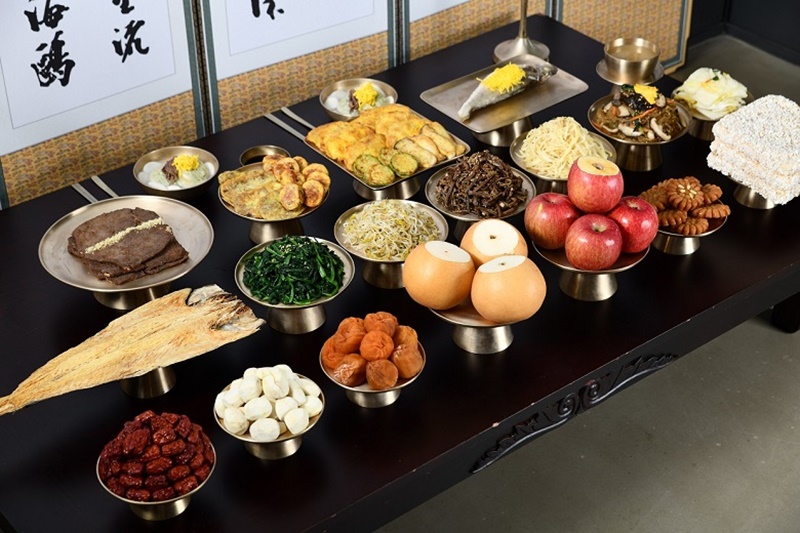Korean Seasonal Customs – Seollal, Chuseok, and More
$1
Photo: Traditional Korean New Year table (charye) for Seollal.
Seollal is one of Korea’s most important holidays, celebrating the lunar new year with family gatherings, ancestral rites (charye), and traditional games like yutnori. People wear hanbok and enjoy tteokguk (rice cake soup), symbolizing a fresh start and the gaining of one year in age. Elders give sebae money to younger family members, reinforcing respect across generations.
🌕 Chuseok (Harvest Festival)
Chuseok, Korea’s autumn harvest festival, is a time of gratitude and remembrance. Families visit hometowns, pay respects at ancestral graves (seongmyo), and share foods like songpyeon (rice cakes) and jeon (pan-fried dishes). Folk performances like ganggangsullae and talchum add festivity, blending celebration with cultural heritage.
🌿 Dano (Spring Festival)
Held on the 5th day of the 5th lunar month, Dano is known for traditional games and health-related customs. Women wash their hair in sweet flag water for good fortune, and ssireum (Korean wrestling) contests are held. Dano reflects Korea’s appreciation for seasonal change, nature’s energy, and community bonding through rituals and festivities.
💬 Final Thoughts
Korean seasonal customs like Seollal, Chuseok, and Dano are rich in symbolism and continue to shape Korean identity. These traditions strengthen familial bonds and highlight the harmony between people, ancestors, and nature. They are celebrated not only in Korea but also among Korean communities worldwide.
📌 You might also like: Korean Ceramics ??Celadon & White Porcelain
"
Comments
Post a Comment